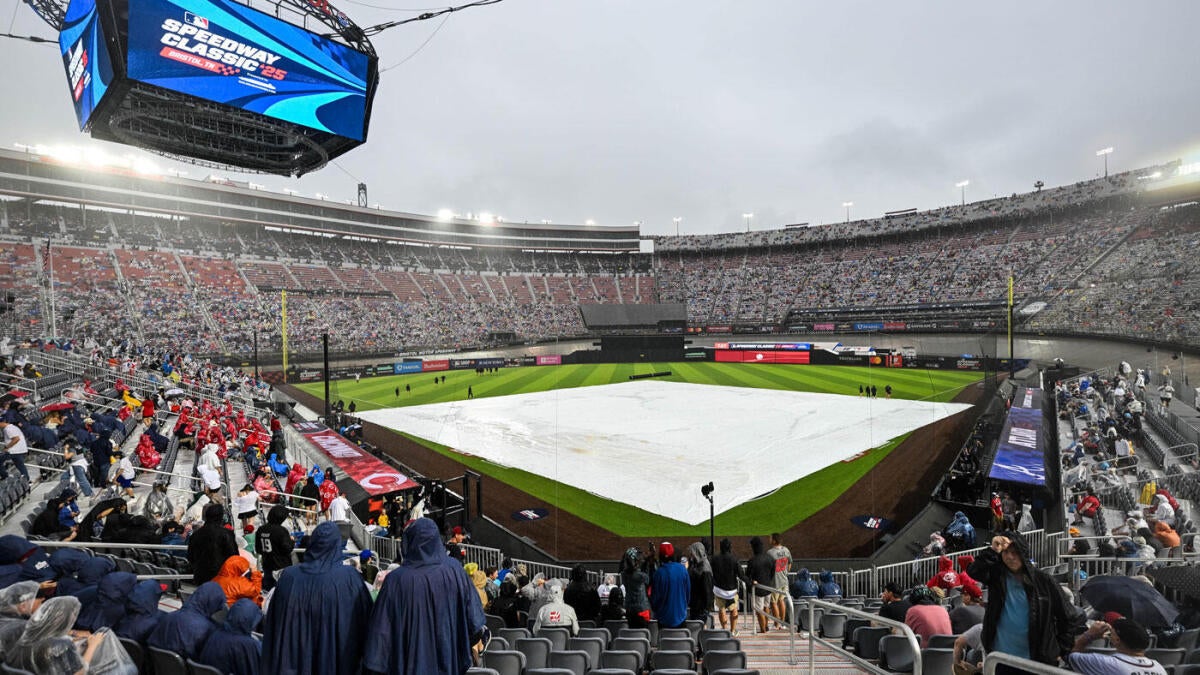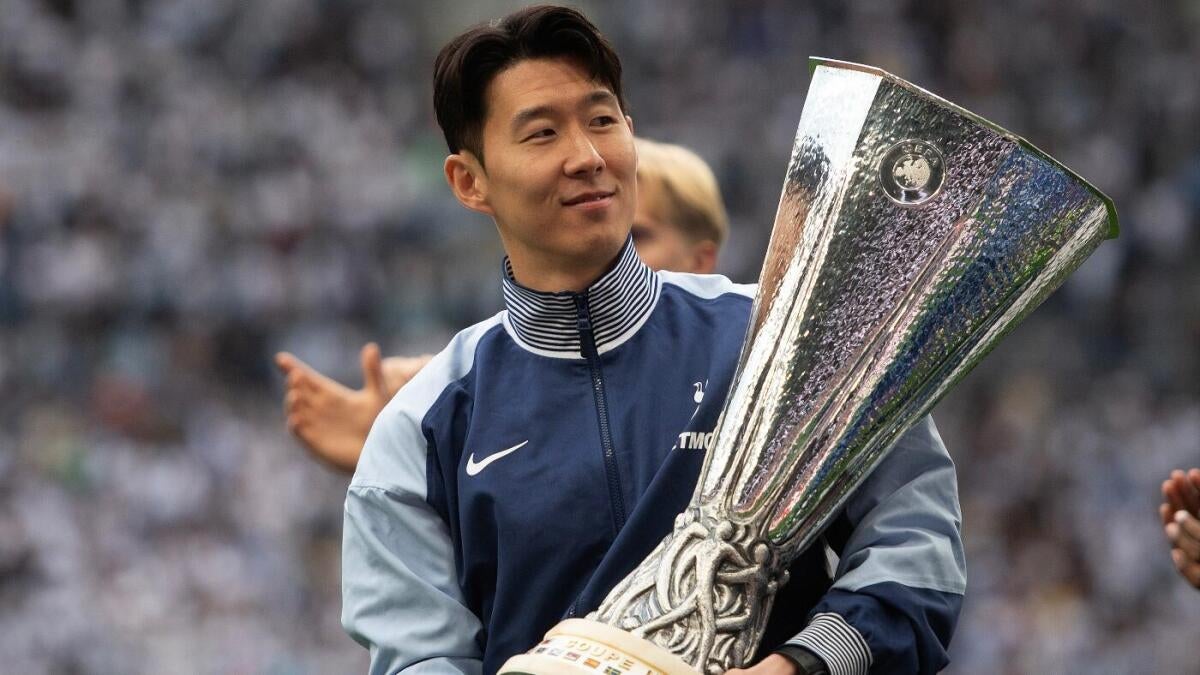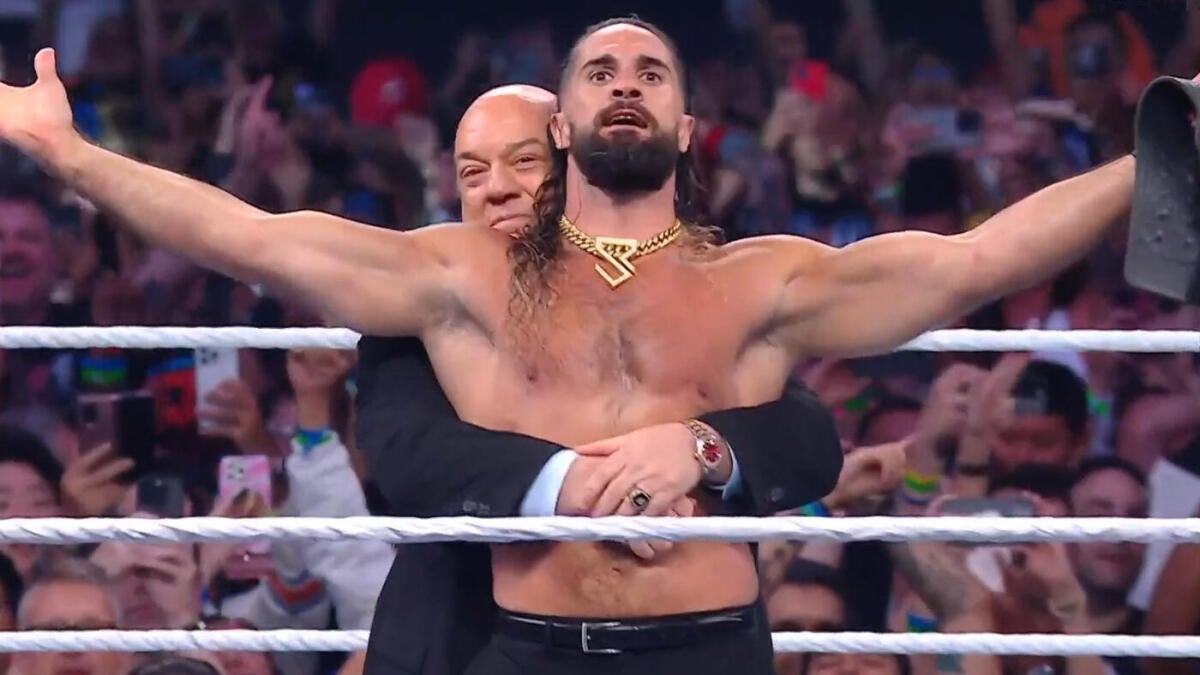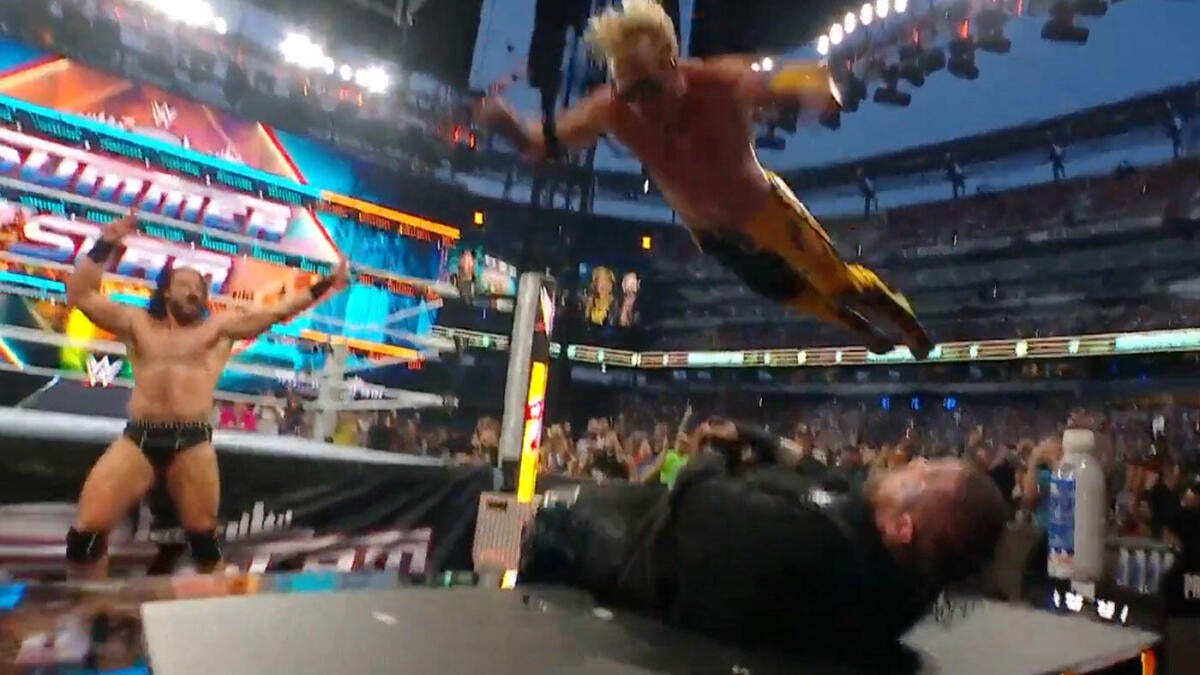The Unfolding Drama of St. Peter’s Square: A Historic Transition
Introduction: A Stage for History
St. Peter’s Square has always been more than just a physical space—it’s a living theater of faith, tradition, and human emotion. Few places on earth can claim to have witnessed as many pivotal moments in religious history as this grand piazza. Recently, it became the backdrop for an event that defied expectations: the election of the first American pope, Cardinal Robert Prevost, who took the name Leo XIV. The air crackled with disbelief, joy, and a profound sense of change.
This wasn’t just another papal transition. It was a cultural shift, a breaking of precedent, and a moment that redefined what the Catholic Church could represent in the 21st century. From the shock of the announcement to the quiet power of Pope Leo XIV’s first words, every detail carried weight.
—
The Announcement: A Shockwave of Surprise
When the white smoke curled from the Sistine Chapel chimney, the crowd in St. Peter’s Square erupted—but the real surprise came with the name. Cardinal Robert Prevost, an American, had been chosen.
For centuries, the papacy had been dominated by Europeans, making this election a seismic shift. Daniel Runde, a young American Catholic in the crowd, summed up the disbelief: *”The last thing I imagined was an American pope.”* The reaction was a mix of exhilaration and awe, as pilgrims and journalists alike scrambled to process the implications.
Why did this matter so much? Because the Catholic Church, for all its global reach, had never before entrusted its highest office to someone from the United States—a nation often seen as politically and culturally distinct from the Vatican’s traditional power centers.
—
Symbolism in Simplicity: The New Pope’s First Act
Tradition dictates that a pope’s first appearance on the balcony of St. Peter’s Basilica sends a message. Pope Leo XIV made his clear: humility over grandeur.
Dressed in simple white vestments, he stepped forward without the usual fanfare. His greeting—*”Peace be with you”*—was brief but resonant. In an era where the Church faces scrutiny over wealth, scandal, and relevance, his understated demeanor felt deliberate. Was this a signal of reform? A move toward a more pastoral, less imperial papacy?
Observers noted the absence of elaborate ceremony, a stark contrast to past inaugurations. The message seemed to be: *This is not about the man, but the mission.*
—
Emotion in the Square: A Global Congregation Reacts
The square, capable of holding tens of thousands, was packed with pilgrims from every continent. When the white smoke appeared, the roar was deafening—a release of tension after days of waiting.
Andrea Gallardo, a 20-year-old from Texas, waved an American flag, her face alight with pride. Nearby, an elderly Italian woman wept, clutching rosary beads. The reactions were as diverse as the crowd itself: some cheered, some prayed, some stood in stunned silence.
This wasn’t just about the election of a pope; it was about what he represented. For Americans, it was a moment of validation. For others, it was a sign that the Church might be entering a new, more inclusive era.
—
The Shadow of Pope Francis: A Legacy Remembered
The transition was made even more poignant by the recent funeral of Pope Francis, whose death had left the Church—and the world—mourning. His funeral in St. Peter’s Square was a masterclass in contrasts: sorrow mixed with celebration, grief with gratitude.
Francis had been a reformer, a populist, a pope who embraced the marginalized. His surprise appearances in the square, even in declining health, had endeared him to millions. Now, as his successor took the balcony, the question lingered: *How would Leo XIV honor that legacy while carving his own path?*
—
The Crowd’s Roar: “Viva il Papa!”
When Pope Leo XIV finally appeared, the square exploded. *”Viva il Papa!”* echoed like thunder. The energy was electric—not just because of the novelty of an American pope, but because of the hope he symbolized.
Would he bridge divides? Could he unite a fractured Church? The crowd’s enthusiasm suggested they believed so.
—
Conclusion: A New Chapter Begins
St. Peter’s Square has seen empires rise and fall, popes come and go, and history unfold in real time. But this moment—the election of Pope Leo XIV—felt different. It was a break from tradition, a nod to a changing world, and a challenge to the Church’s future.
His papacy begins under the weight of enormous expectations. Can he balance innovation with tradition? Can he lead a global faith while staying rooted in humility? Only time will tell.
But one thing is certain: as the sun set over St. Peter’s Square that day, the Catholic Church stepped into uncharted territory. And the world was watching.











